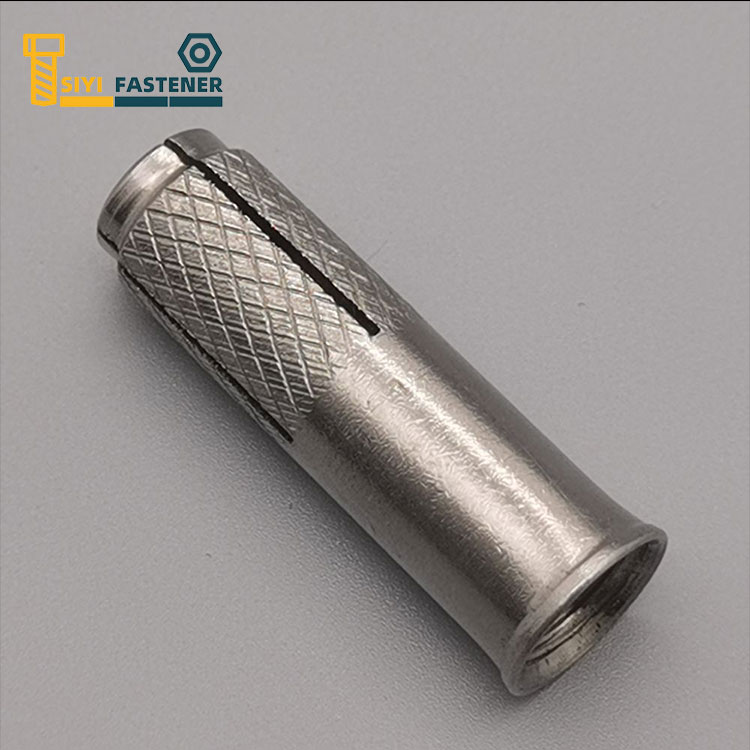How drop-in anchors work and their key components
2023-12-25
A drop-in anchor is a type of expansion anchor used to secure objects to concrete. It provides a reliable and strong connection for applications where a bolt or threaded rod needs to be inserted into the anchor for structural support. Drop-in anchors are commonly used in construction, especially for tasks such as installing machinery, handrails, or structural components to concrete surfaces.
Here's a basic overview of how drop-in anchors work and their key components:
1. Anchor Body: The main body of the drop-in anchor is typically a cylindrical sleeve made of materials like steel or stainless steel. It usually has a pre-installed internal threaded socket at the bottom.
2. Internal Expanding Plug: Inside the anchor body, there is an internal expanding plug or cone. This component is often made of metal and is designed to expand when a bolt or threaded rod is inserted, creating a secure connection with the surrounding concrete.
Here's a general step-by-step guide on how to install a drop-in anchor:
1. Drilling the Hole: Drill a hole into the concrete with a drill bit that matches the diameter of the drop-in anchor. The depth of the hole should be at least the length of the anchor.
2. Cleaning the Hole: Remove dust and debris from the drilled hole using a brush or compressed air. Proper cleaning ensures a secure fit for the drop-in anchor.
3. Inserting the Anchor: Drop the anchor into the hole, ensuring it is flush with the surface of the concrete.
4. Inserting the Bolt or Threaded Rod: Insert the bolt or threaded rod through the object to be secured and into the internal threaded socket of the drop-in anchor.
5. Setting the Anchor: While holding the bolt or threaded rod in place, use a wrench or tool to turn the bolt clockwise. This action causes the internal expanding plug to expand against the sides of the hole, securing the anchor in place.
Drop-in anchors are known for their ease of installation and are suitable for both overhead and vertical applications. They are commonly used in non-structural applications where high load capacity is not required. It's essential to follow the manufacturer's guidelines and recommendations for proper installation to ensure the anchor's effectiveness and reliability in a given application.



